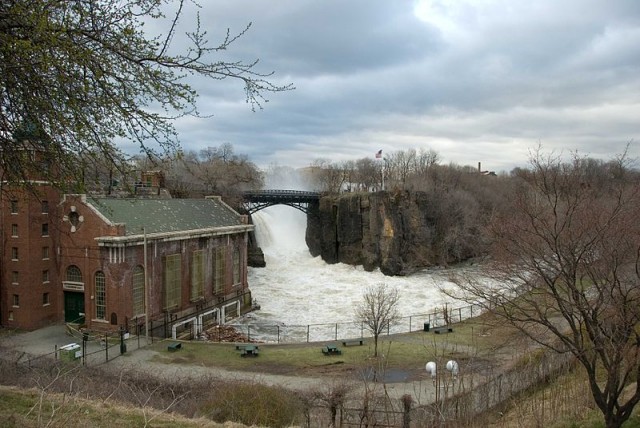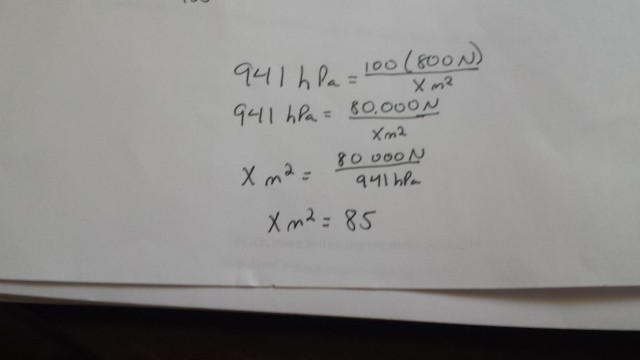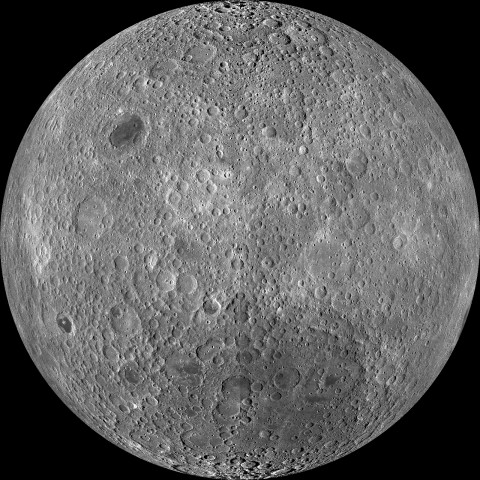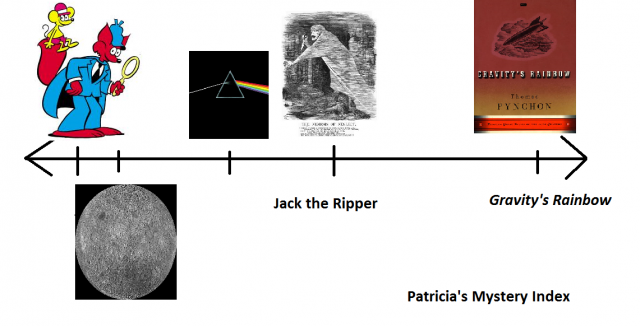So I know I spend a lot of time talking about ladies, because ladies are awesome. But our gentleman friends are awesome too, so today we’re going to talk about men. Specifically, what does it take to BE a man? I think we all know the answer to that.
[embedplusvideo height=”360″ width=”480″ editlink=”http://bit.ly/1g0Mmoi” standard=”http://www.youtube.com/v/eGMN-gNfdaY?fs=1&hd=1″ vars=”ytid=eGMN-gNfdaY&width=480&height=360&start=&stop=&rs=w&hd=1&autoplay=0&react=0&chapters=¬es=” id=”ep7210″ /]
It rhymes and has a catchy tune; it must be true. So according to the wisdom of the Ancient Chinese Disney the main criteria for manhood are:
- Swift as a coursing river
- Forceful as a great typhoon
- Strong like the raging fire
- Mysterious as the dark side of the moon
The song also implies that men are “tranquil as a forest but on fire within” and can do things like break concrete blocks with their faces and run through fields while flaming arrows are shot at them, but those things seem to be ancillary to the main four which, after all, are repeated three times. But how do you go about becoming mysterious as the dark side of the moon? How mysterious is that, anyway? Don’t worry, would-be men! Science and I are here to help you! Using my fancy master’s degree skillz I think I can make this a little clearer. Let’s take these manquirements one at a time.

And, if there’s time at the end, jump kicks
1. How swift is a coursing river?
Usually we measure the velocity of a river, or the speed at which the water flows, by sticking something in and measuring the time it takes for the object to travel from one point to another. Obviously this can vary a lot based on factors like the weather and time of year or the point in the river you’re measuring. How steep is the gradient? Is it a waterfall? Is it spring so the river is filled with snow melt? Is it a windy day? Rivers have different speeds each day, at each point on their course, so river velocity in general is a difficult number to come by. Estimates for rivers in general range from almost 0 m/s to 3.1 m/s or 7 miles per hour.
However, when you’re looking for the fastest river, there’s a lot of talk on the Internet about Passaic River, specifically at the Great Falls in Paterson, New Jersey.

Which, under the right circumstances, can look like this
This was in April of 2007 when heavy rains combined with the usual spring thaw floods. During floods, its estimated that water flows down these narrow falls at 70mph! But do waterfalls count? It’s “a coursing river” not a “raging waterfall,” so I’m giving this instance a pass. We’re going with more general numbers, not ones that might appear sometimes under the right circumstances. We just want to be a man, not Teddy Roosevelt. I don’t need to bite a rampaging moose to death or something. Just your general, everyday manliness. So I’m going to use 10mph. That river seems pretty coursing, but not overkill.
Criteria one: A man can run at a speed of 10mph
The fastest human ever is Usiah Bolt who reached 27.79 mph during a 100 meter sprint. So this is totally possible. Especially since it’s not clear how long you have to keep it up for to be a man.
2. How forceful is a great typhoon?
You remember force from physics, right? It’s some influence that changes an object’s velocity or direction, like a push or a pull. And then… fulcrums and pulleys and junk. It’s all coming back. Usually we measure force in Newtons, because if you ground break enough theories, people will name units and snack cookies after you. J/K Fig Newtons are named after a town in Massachusetts. Anyway, I scoured the wikipedia page on typhoons, but could find no such statistic. So we’re going to have to math.

Unfortunately, it’s too early to drink while doing it
Normally, you calculate force by multiplying mass times acceleration (F=ma, Newton’s 2nd Law, WHAT UP INFO I RELEARNED TO TUTOR 8TH GRADE SCIENCE! Look at me using you in real life! Well, sort of). Okay, so what’s the mass of a typhoon? Unfortunately, wikipedia is silent on this issue as well.
So I decided to turn to units of pressure. It’s like force but applied over an area. It’s measured in Pascals, which are Newtons per square meter. When measuring “storm intensity” wikipedia lists typhoons by pressure as measured in hectopascals (hPa). 1 hPa=100 Pa. Tip, the most intense storm on the list, goes down to 870 hPa. Standard atmospheric pressure on Earth is about 1013 hPa so that’s pretty dramatic. But, like I said before, we just want the criteria for a man, so I just averaged the barometric pressures for a randomly chosen busy typhoon season (2004) and came up with 941 hPa.
Criteria two: A man has a minimum barometric pressure of 941 hPa.
According to wikianswers (remember, I have a master’s in science, you guys), an average person (weighing 80 kg) can exert 800 Newtons of force. If you spread that out over 85 meters squared, you too could have the pressure of a typhoon!!

I mean, I think. My degree is in science, not math
3. How strong is a raging fire?
If you thought the barometric pressure one was a stretch, saddle up! There are a lot of different kinds of strength, including the kind you give yourself in role playing games. I thought I would try to concentrate on the sciencey, physics ones, but not a lot of them seemed applicable to fire:

I don’t know if you can shear fire, but that would be metal as hell
I’m just going to assume that “raging fire” means “wildfire,” and there are a lot of ways to measure those. They can travel at 6.7 mph in forests or 14 mph in grasslands. They can burn as hot as 1000 degrees Fahrenheit and cover hundreds of thousands of acres. I decided that this acre-ravaging was the closest to what we think of as “strength,” so I ran with it (at 10 mph–BE A MAN). Using 50 years of rough Colorado wildfires data as a test case, I figured that fire destroys about 32,000 acres per year. That’s 50 square miles.
Criteria three: A man destroys 50 square miles a year.
If destroying them counts as exerting pressure, you’re more than halfway to achieving Criteria Two if you complete this one!
4. How mysterious is the dark side of the moon?
Okay, there are no SI units of mystery (sadly). So I’ve made my own scale.

Don’t worry, I’m a scientist
I just went on ahead and assumed that “dark side of the moon” actually referred to the far side of the moon, the hemisphere that never faces Earth, and not the Pink Floyd album of the same name. Although frankly the latter is probably more mysterious, because the far side of the moon is pretty explored for something in space we didn’t have a clue about before 1959. That was when a Soviet probe took some photos of some of it. Now, of course, we have things like the Lunar Reconnaissance Orbiter, whose whole job is to map the moon for future missions there.

Feast your eyes on the mystery!
I guess it’s still kind of mysterious, in that only NASA crew from Apollo missions 8 and 10-17 have ever seen it with their human eyes. But I trust our space robot slaves completely, so I’m adding the dark side of the moon only slightly ahead of Slylock Fox on the mystery scale:

Points for staying mysterious till 1959, bro. Slylock Fox is usually solvable within a few minutes.
Criteria four: A man stays mysterious at first, but eventually lets Soviets make a map of his face.
So there you have it. Hopefully this will help you in your attempts to attain optimal manhood. I don’t know how we survived as a culture for so long without this kind of checklist.
- Attain a foot speed of 10 mph.
- Maintain a minimum barometric pressure of 941 hPa for at least 10 minutes.
- Destroy 50 square miles a year.
- Keep your face modestly concealed until someone makes a real effort (by buying you a space probe? Or whipping out a fancy camera?)
Let me know how that works out for you. I think I’m good with being a lady for now.




















